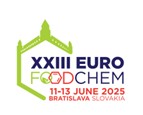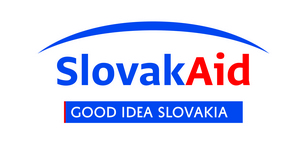Scientific journal
Journal of Food and Nutrition Research
Summary No. 3 / 2009
RAČKOVÁ, L. – KOŠŤÁLOVÁ, D. – BEZÁKOVÁ, L. – FIALOVÁ, S. – BAUEROVÁ, K. – TÓTH, J. – ŠTEFEK, M. – VANKO, M. – HOLKOVÁ, I. – OBLOŽINSKÝ, M.
Comparative study of two natural antioxidants, curcumin and Curcuma longa extract
Journal of Food and Nutrition Research, 48, 2009, No. 3, s. 148-152
Lucia Račková, Institute of Experimental Pharmacology and Toxicology, Slovak Academy of Sciences, Dúbravská cesta 9, SK – 841 04 Bratislava, Slovakia. E-mail: exfadada@savba.sk, tel: +421-2-59410658, fax:+421-2-54775928
Summary: The antioxidant capacities of curcumin and turmeric extract were determined and compared. Turmeric extract showed higher values of antioxidant power normalized to curcumin content (31.9%) in a majority of antioxidant assays than the curcumin standard. The particular half-maximal inhibitory concentration (IC50) values for curcumin were 2.34 µg•ml-1 in the 1,1’-diphenyl-2-picrylhydrazyl (DPPH) test, and 0.21 mg•ml-1 in the liposomal peroxidation assay in the extract, compared to IC50 = 3.33 µg•ml-1 and 0.343 mg•ml-1 in the curcumin standard, respectively. Conversely, a significantly lower IC50 of curcumin (0.020 mg•ml-1) for 12-lipoxygenase (LOX) inhibition was obtained than that of C. longa extract (2.95 mg•ml-1). The reactivity of the samples tested in the particular assays correlated well with the redox potentials of the model oxidants. In the liposomal system, the antioxidant activity may be influenced by the distribution processes at the phase interface. In conclusion, our results suggest that curcumin and its analogues may be decisive for the free radical-scavenging capacity of the turmeric extract.
Keywords: Curcuma longa L.; curcumin; anti-inflammatory agents; antioxidant agents; lipoxygenase
Download:
(pdf, 139.95 Kb, 3426x)










